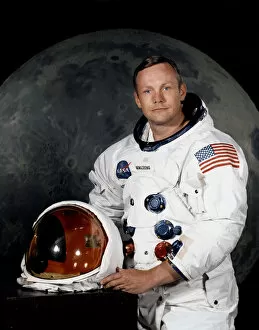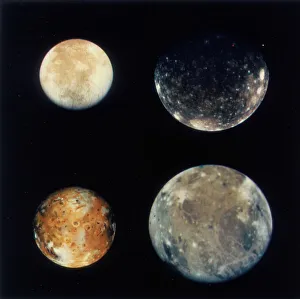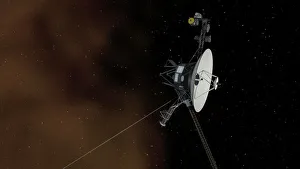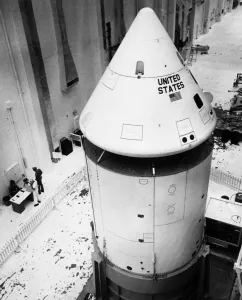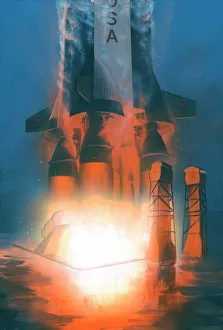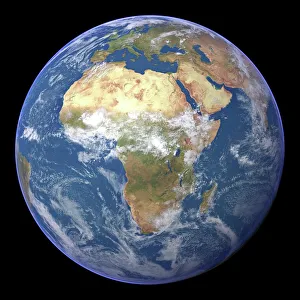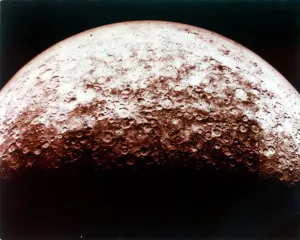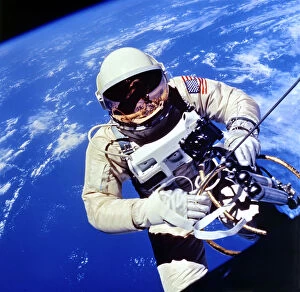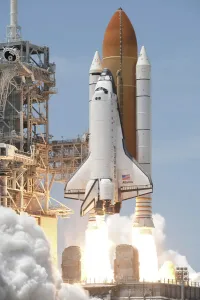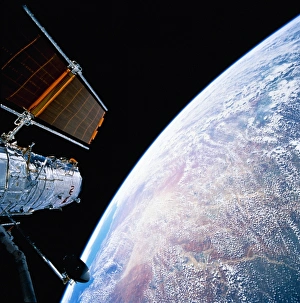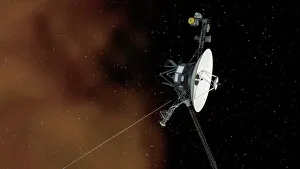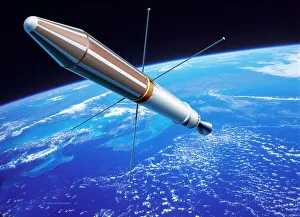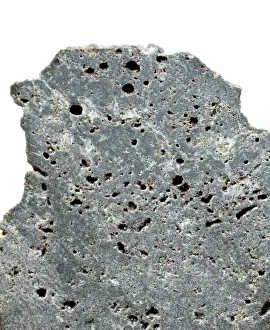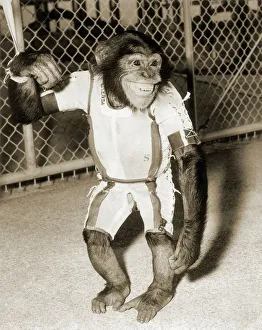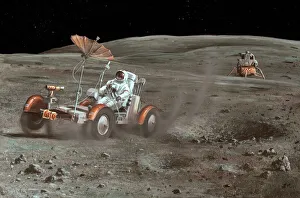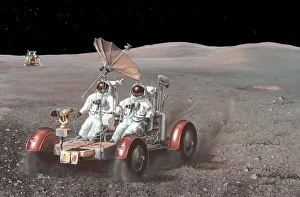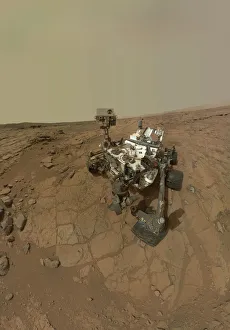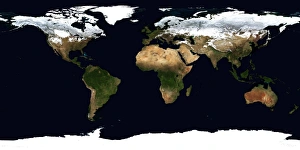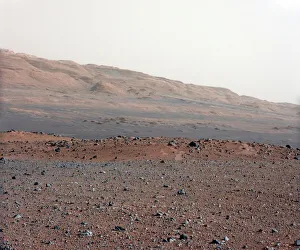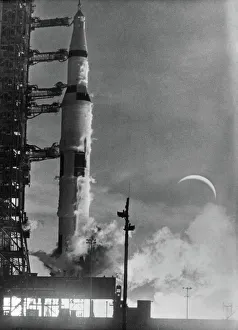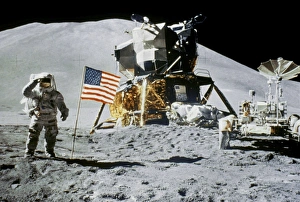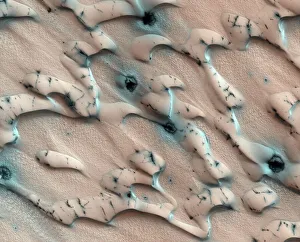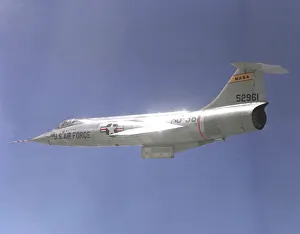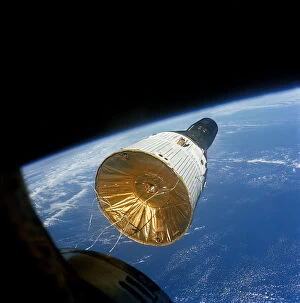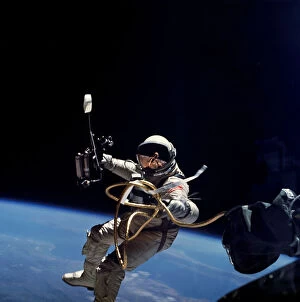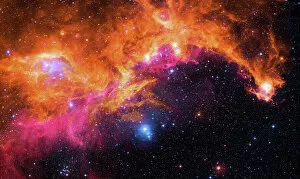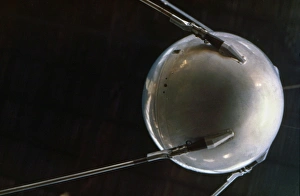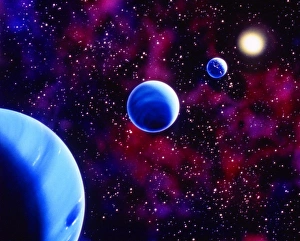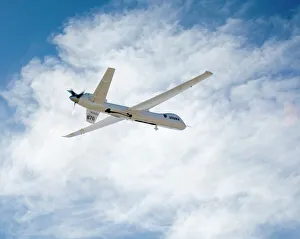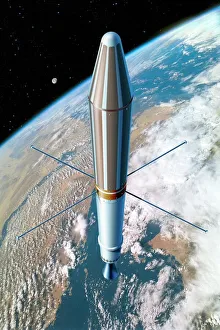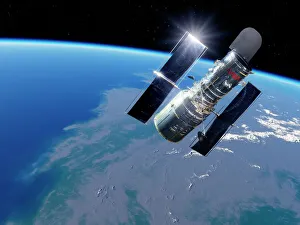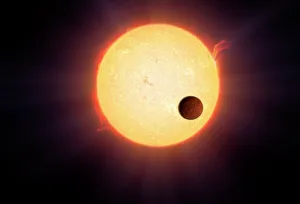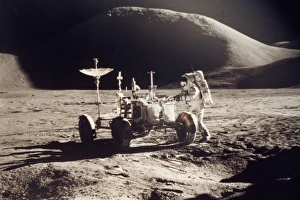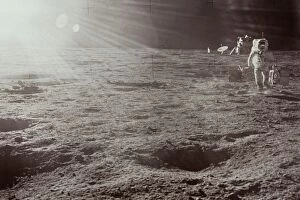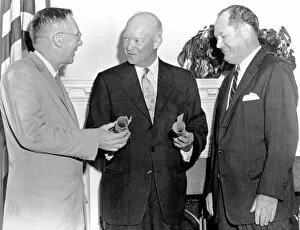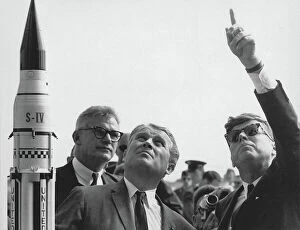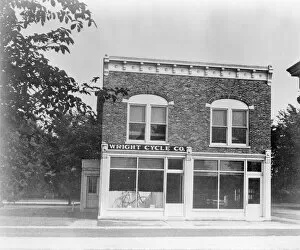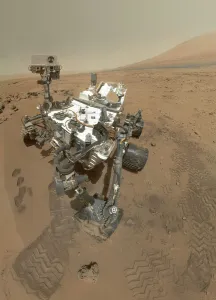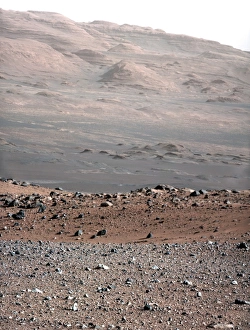Nasa Collection (page 2)
"NASA: Exploring the Mysteries of the Universe" Embarking on a journey through the vastness of space
All Professionally Made to Order for Quick Shipping
"NASA: Exploring the Mysteries of the Universe" Embarking on a journey through the vastness of space, NASA unravels the secrets hidden within celestial wonders like the Orion Nebula. With its vibrant hues and swirling cosmic dance, this stellar masterpiece captivates our imagination and reminds us of our place in this infinite universe. The iconic Earthrise photograph, a testament to human achievement, showcases our fragile blue planet suspended against the backdrop of darkness. This artwork serves as a poignant reminder that we must protect and cherish our home amidst the grandeur of space. From Carl Sagan's profound words to awe-inspiring images like "Whole Earth" (Blue Marble 2000), NASA instills in us a sense of wonder about our existence. It balances scientific exploration with an appreciation for the dramatic beauty that surrounds us, reminding us that eternity lies beyond what meets the eye. As an SR-71 soars over snow-capped mountains, it symbolizes humanity's relentless pursuit of knowledge and discovery. Just as these mountains stand tall and majestic, NASA stands as an everlasting beacon guiding us towards understanding both ourselves and the mysteries that lie beyond. Astronomy remains at NASA's core – an enigmatic science filled with endless possibilities. From Apollo 17 astronauts leaving their footprints on lunar soil to Curiosity rover exploring Mars' rugged terrain through captivating artwork; each endeavor pushes boundaries while unraveling new layers of mystery. The image etched into history captures Buzz Aldrin standing on the moon during Apollo 11 mission - his visor reflecting Neil Armstrong alongside Eagle lander. In this momentous event from July 20th, 1969, humanity took its first steps into uncharted territory – forever changing how we perceive ourselves in relation to space. Rewinding back to 1961 when America witnessed its first manned space flight; it marked not just a technological feat but also ignited dreams across generations who yearned to touch the stars.

